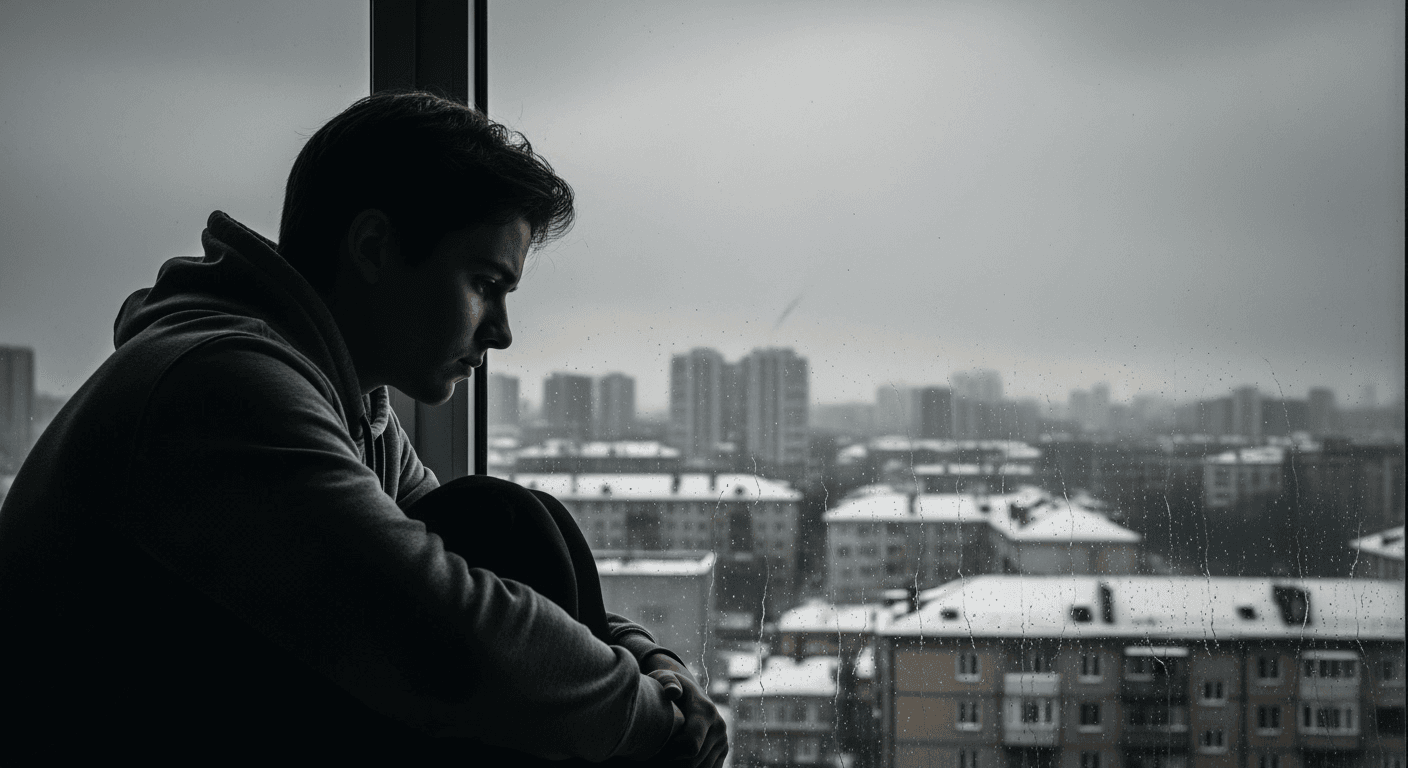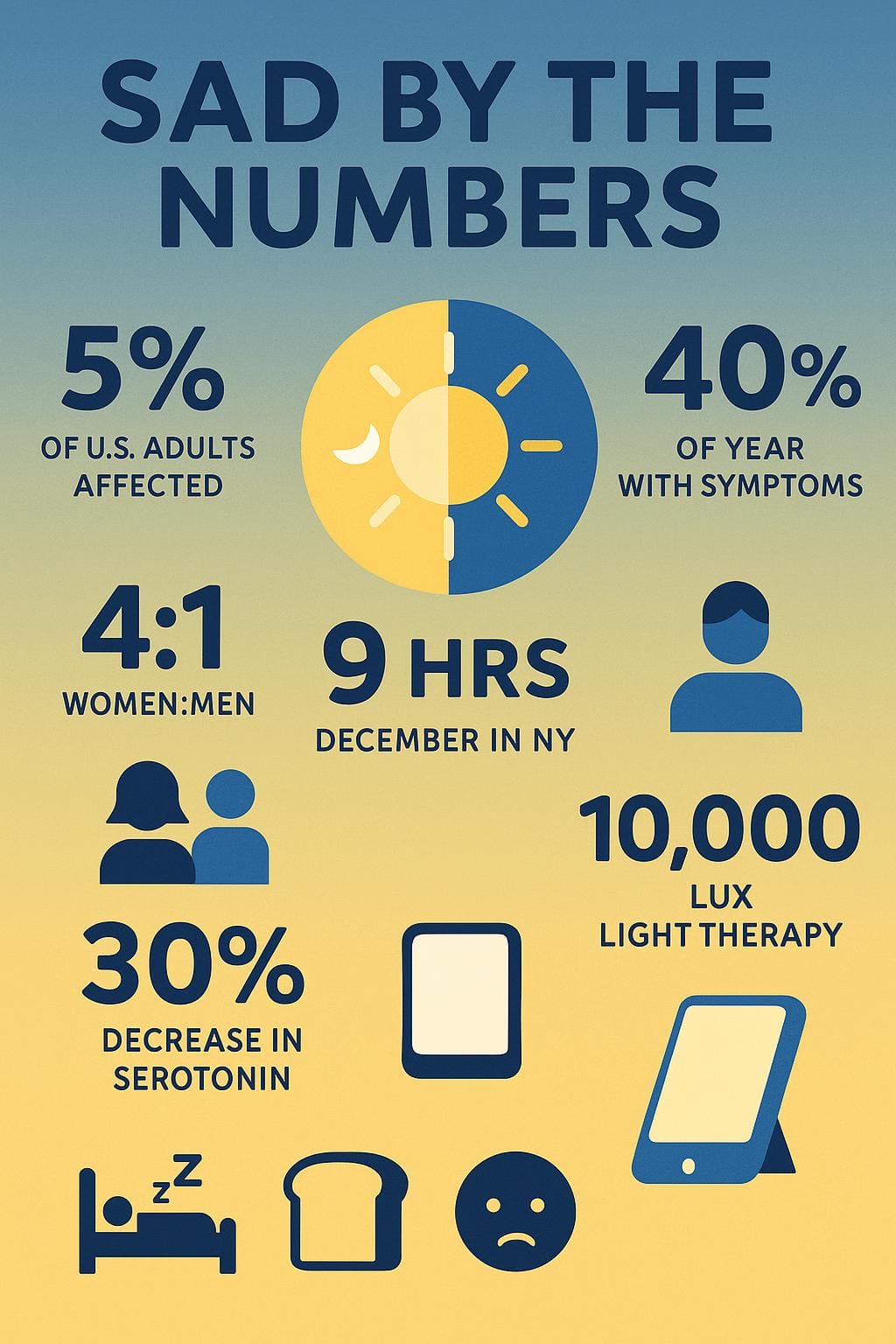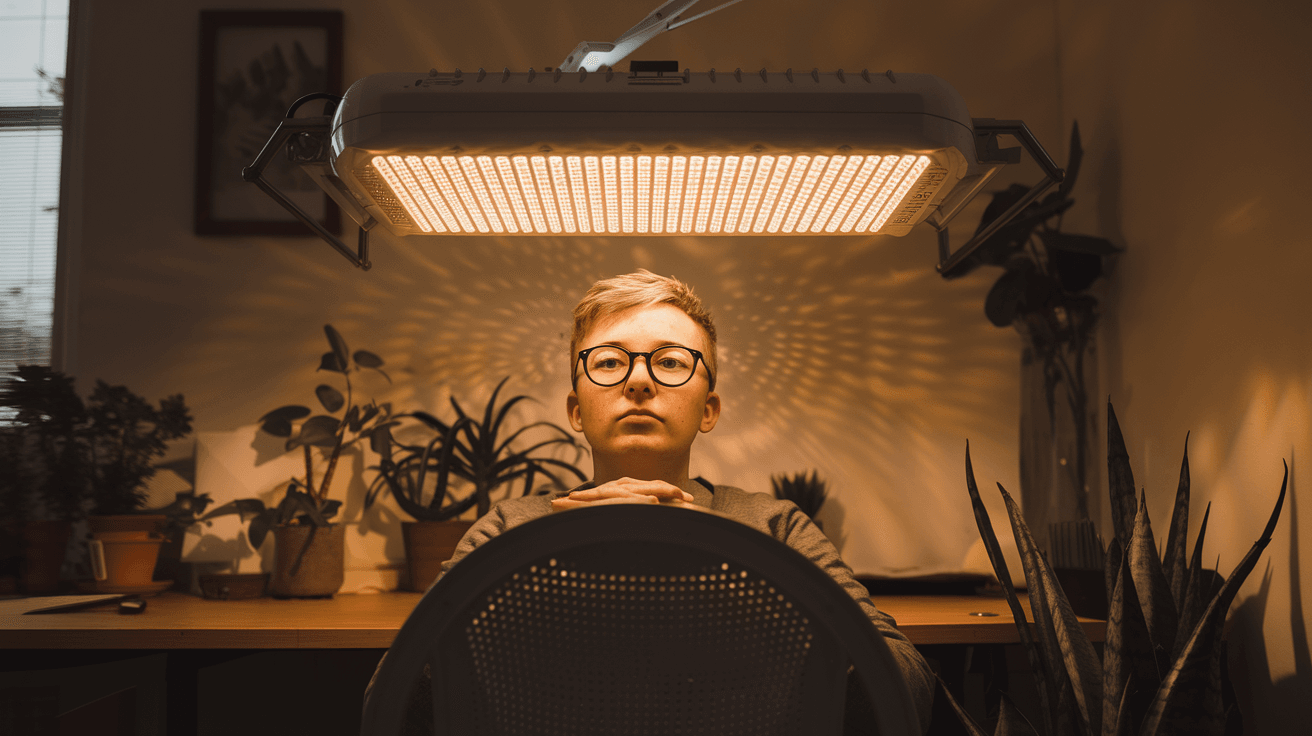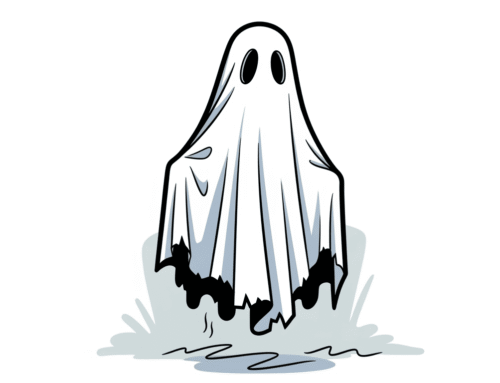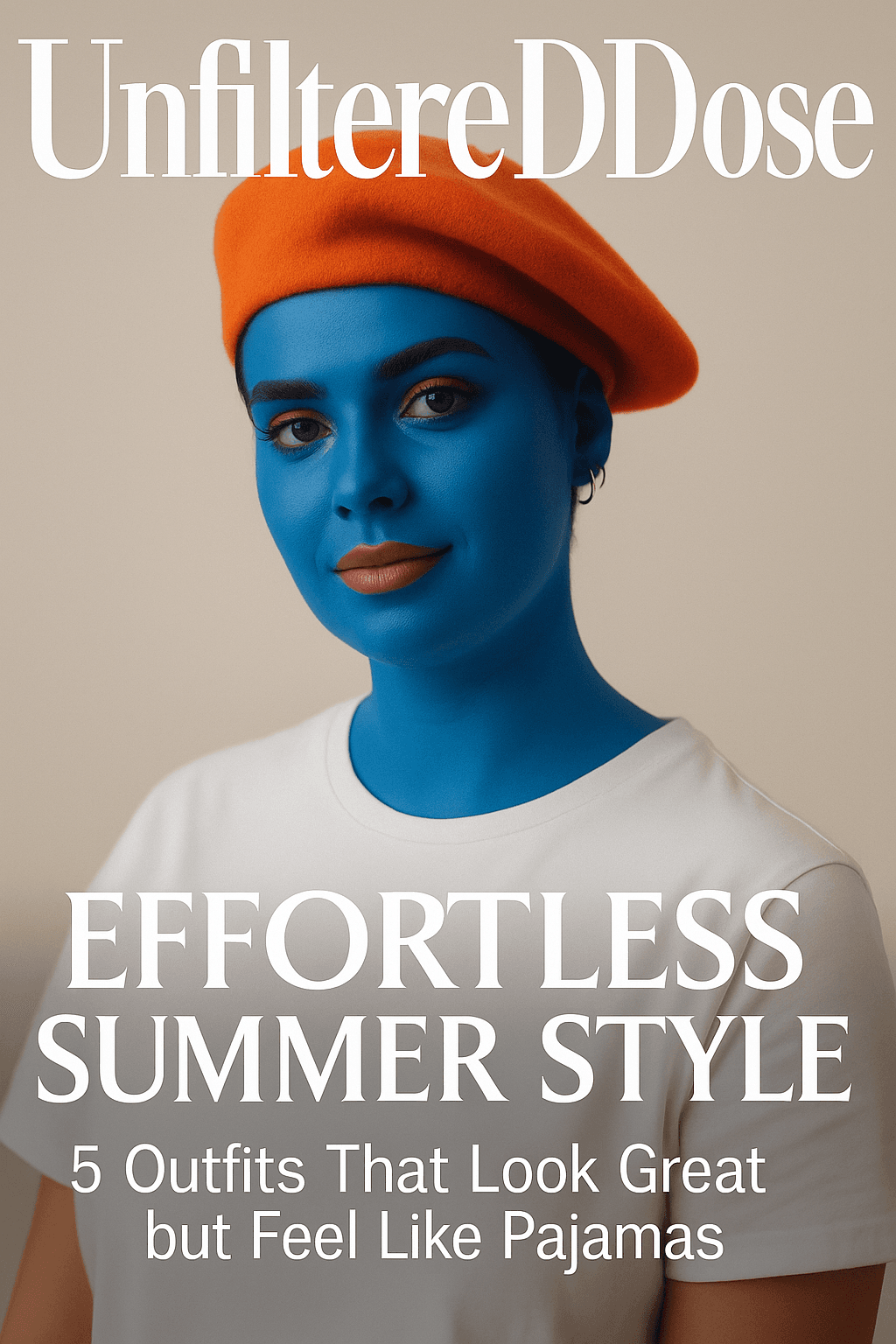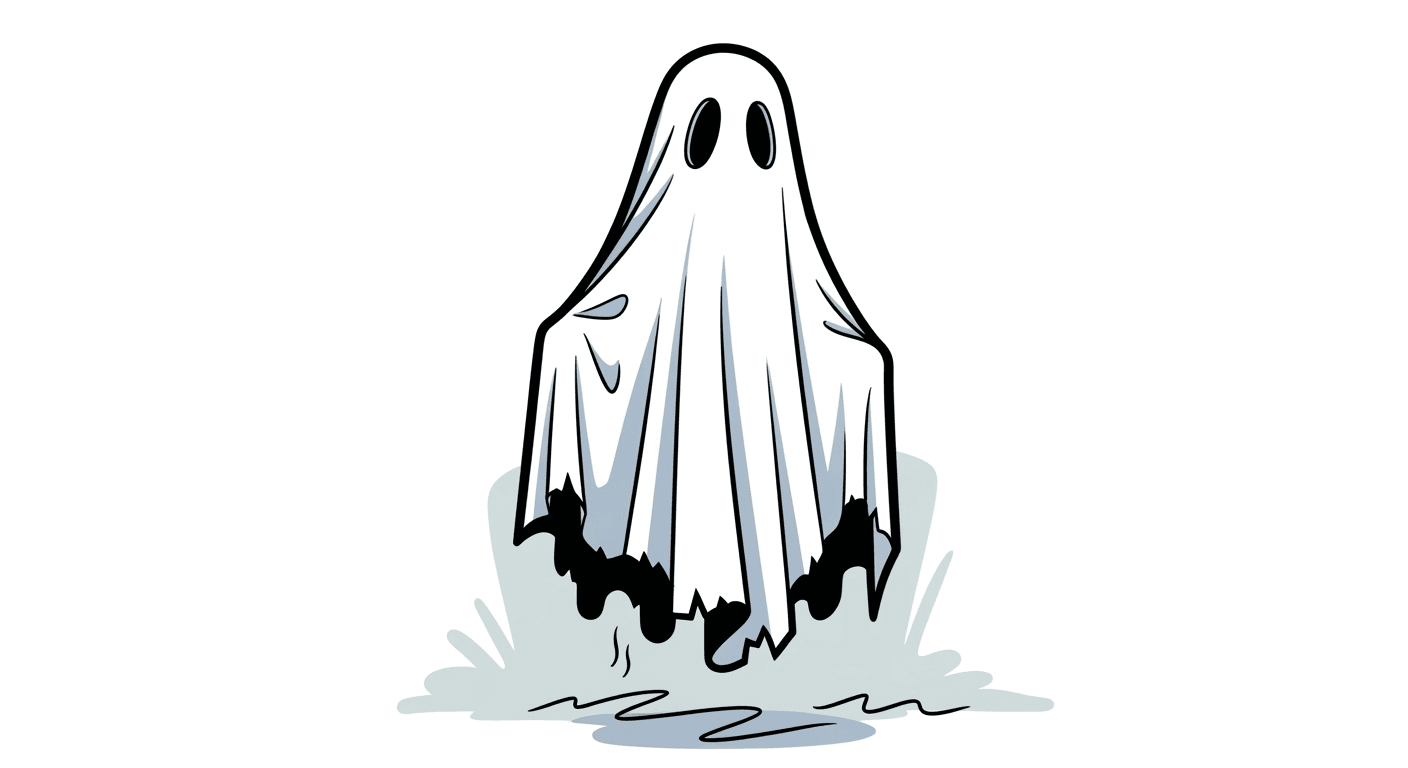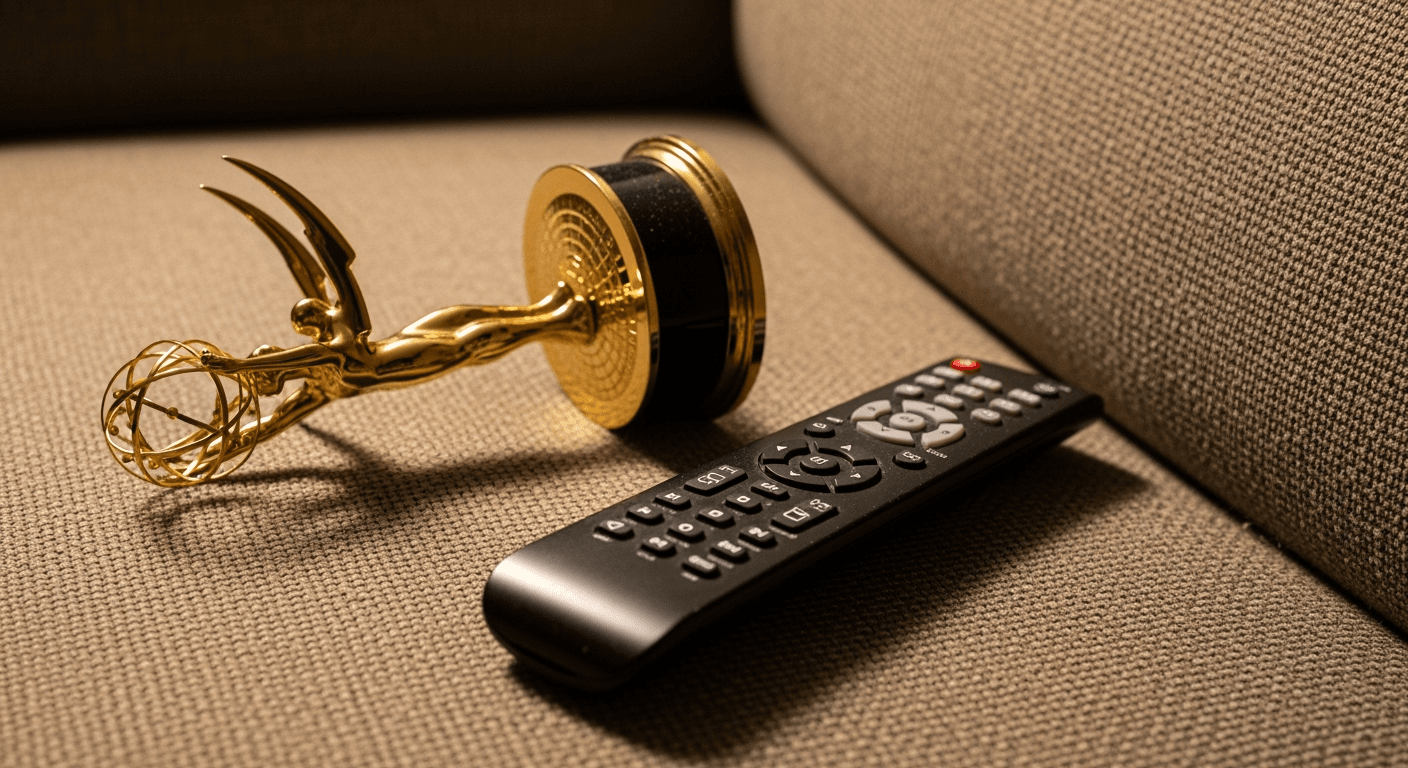Beat the Winter Blues: A Real Guide to SAD
The shorter, darker days of winter aren’t just an inconvenience – for millions of people, they trigger a genuine form of depression known as Seasonal Affective Disorder (SAD). As someone who’s battled the winter blues for years, I’ve learned that understanding the science behind SAD and having practical strategies can make the difference between merely surviving winter and actually thriving during the colder months.
Key Takeaways
- SAD is clinical depression that follows a seasonal pattern, affecting about 5% of US adults for nearly half the year
- Reduced sunlight exposure disrupts brain chemistry, affecting serotonin levels and melatonin production
- Light therapy using 10,000 lux boxes for 20-30 minutes each morning is effective for 50-80% of people with SAD
- Consistent morning routines and strategic exposure to natural light can significantly reduce symptoms
- A combination of treatment approaches including therapy, medication, and lifestyle adjustments typically works better than any single method
Understanding Seasonal Affective Disorder: More Than Just Winter Blues
Seasonal Affective Disorder isn’t simply feeling a bit down during colder months – it’s a clinical form of depression that follows a specific seasonal pattern. According to the American Psychiatric Association, SAD affects approximately 5% of adults in the US, with symptoms present about 40% of the year in those who experience it.
The impact varies based on where you live. Those in northern locations face particularly challenging conditions with significantly shorter winter days – places like New York get as little as 9 hours of daylight in December, often under gray, overcast skies that further reduce light exposure.
I first noticed my own symptoms in my early twenties. What I initially dismissed as holiday stress gradually revealed itself as a predictable pattern that arrived each fall like an unwelcome guest, bringing exhaustion, mood changes, and a strange craving for carbs that no amount of willpower could overcome.
What separates SAD from occasional winter mood dips is its consistency and intensity. The symptoms typically begin in fall, continue through winter months, and resolve when spring arrives – creating a yearly cycle that can feel inescapable without proper intervention.
The Science Behind SAD: Why Your Brain Thinks It’s Hibernation Season
The root cause of seasonal depression lies in how decreased sunlight exposure affects your brain chemistry and circadian rhythms. When sunlight diminishes in winter months, your body’s internal clock gets confused, disrupting the delicate balance of hormones that regulate mood and energy.
This disruption affects two key chemicals: serotonin (the “feel good” neurotransmitter) and melatonin (which controls sleep). Research shows reduced sunlight can cause serotonin levels to drop by up to 30% in susceptible individuals, according to studies from the National Institutes of Health.
The symptoms go well beyond just feeling sad and include:
- Oversleeping (hypersomnia) – often 2+ hours more than usual
- Intense carbohydrate cravings and weight gain
- Extreme fatigue that sleep doesn’t seem to fix
- Difficulty concentrating or completing normal tasks
- Social withdrawal and loss of interest in activities
Certain factors increase your risk of developing SAD. Women experience SAD at four times the rate of men according to the National Institute of Mental Health. Living far from the equator, having a family history of depression, or already managing depression or bipolar disorder also increases susceptibility.
Think of it as your body entering a semi-hibernation mode. Your brain, responding to environmental cues that worked for our ancestors, starts conserving energy and changing behaviors – only in our modern life, we can’t actually hibernate through winter.
Light Therapy and Beyond: Evidence-Based Treatments That Actually Work
The good news is that effective treatments exist, with light therapy being one of the most studied and successful approaches. A proper light box should provide 10,000 lux of UV-filtered light, used for 20-30 minutes each morning positioned so the light hits your eyes indirectly.
When I first tried light therapy, I made the mistake of using it inconsistently and too late in the day. Once I committed to daily morning use before 8 AM, the difference was remarkable – research backs this up, showing effectiveness rates of 50-80% for people with SAD.
📦 Recommended Products
As an Amazon Associate, I earn from qualifying purchases.
Medication can be effective when symptoms are more severe. SSRIs (selective serotonin reuptake inhibitors) help many people with SAD, and bupropion XL is actually FDA-approved specifically for preventing SAD episodes when started before symptoms appear.
Cognitive Behavioral Therapy adapted for SAD (CBT-SAD) offers powerful tools for restructuring negative thoughts about winter and developing behavioral activation techniques. I’ve found this combination of changing both thoughts and behaviors particularly helpful for the long-term management of my symptoms.
Vitamin D supplementation may also help, especially if you’re deficient. Research suggests 2,000-4,000 IU daily may benefit some patients, though it’s worth getting your levels tested before starting supplements. I take vitamin D year-round but increase my dosage during winter months after consulting with my doctor.
The most effective approach combines multiple strategies tailored to your specific symptoms. When I rely solely on one treatment, my results are inconsistent, but using vitamin D supplements alongside light therapy, morning walks, and some mood-supporting habits creates a much stronger defense against winter depression.
The Unfiltered Reality: Creating Your Personal SAD Survival Strategy
The hardest part of managing seasonal affective disorder is fighting its natural tendency to make you withdraw and hibernate. I’ve learned that scheduling non-negotiable social time is crucial, even when every fiber of my being wants to cancel plans and burrow under blankets.
Finding indoor group activities that occur in bright spaces can serve double duty – providing both social connection and light exposure. Think morning coffee meetups near windows, weekend brunch instead of dinner plans, or group fitness classes in well-lit studios.
Movement is medicine for SAD, but the key is making it realistic. During my worst SAD episodes, I commit to just 10 minutes of walking outside in the morning, which often extends naturally once I’m out there. The timing of exercise matters – morning activity helps regulate your circadian rhythm and maximizes exposure to whatever natural light is available.
📦 Recommended Products
- 🔗 Full-spectrum LED light bulbs for home lighting
- 🔗 Portable light therapy lamp for office or travel use
As an Amazon Associate, I earn from qualifying purchases.
Your home environment can either fight or fuel SAD symptoms. Beyond a light box, consider strategic lighting modifications like positioning furniture near windows, using full-spectrum bulbs, and incorporating reflective surfaces to maximize available light.
Workspace adaptations are equally important. If possible, position your desk near a window and take short breaks outside during daylight hours. For remote workers, I’ve found that a midday walk serves as an effective “commute” that provides crucial light exposure and a mental break.
Creating a personalized prevention plan based on your symptom patterns from previous years is one of the most effective strategies. I track when my symptoms typically begin and start preventative measures (light therapy, vitamin D, exercise routines) 2-3 weeks before my expected onset date.
The unfiltered truth is that beating the winter blues requires a multi-faceted approach and consistent effort. But with the right tools and strategies, winter can transform from a season of suffering into just another part of your year – perhaps not your favorite season, but certainly not one that derails your mental health and wellbeing.
Sources
American Psychiatric Association – Seasonal Affective Disorder
NCBI – Seasonal Affective Disorder: An Overview
National Institute of Mental Health – Seasonal Affective Disorder
Mayo Clinic – Seasonal Affective Disorder
New York State Department of Health – Seasonal Affective Disorder
Listen To The Story
Watch The Story
Related Stories
Your Voice Matters
news via inbox
Get our best unfiltered stories and boldest ideas delivered straight to your inbox.

